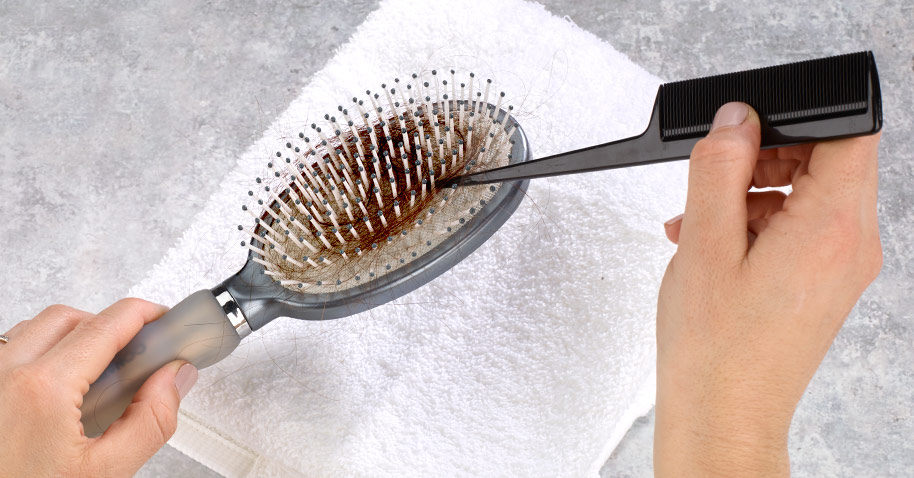
Essential Guide to How Much to Feed a Kitten for Optimal Growth in 2025
Welcoming a kitten into your home is an exciting adventure, but understanding how much to feed your furry friend is crucial for their growth and health. Proper nutrition is vital during their formative years, ensuring they develop into strong, happy cats. In this comprehensive guide, we will explore kitten feeding guidelines, discuss age-appropriate kitten food, and outline an effective feeding schedule for kittens to support their growth stages.
We will also cover essential topics such as the importance of a balanced diet, common kitten feeding mistakes, feeding techniques, and tips for hydration. By the end of this article, you'll have a clear understanding of how to create an optimal feeding plan tailored to your kitten’s needs. So let’s dive into the world of kitten nutrition!

Essential Kitten Feeding Guidelines for New Owners
Building on our introduction to kitten nutrition, understanding the essential feeding guidelines is key for new kitten owners. Kittens grow rapidly, and their dietary needs vary as they age.
Understanding Kitten Growth Stages
Kittens experience several growth stages during their first year. They change from newborns to playful juveniles within months. Each stage requires specific nutritional support to cater to their growing bodies.
For kittens aged 6 to 12 weeks, their diet should consist mainly of high-quality wet food rich in proteins and fats to support rapid growth. By 3 to 6 months, you can start incorporating dry food while maintaining a balanced mix of textures. Finally, around 6 months, kittens begin to transition to a maintenance diet suitable for adult cats, often necessitating a shift in calorie intake.
Creating a Kitten Feeding Schedule
Determining how often to feed a kitten can be bewildering for new pet owners. A general guideline suggests feeding kittens 4 meals a day up until 6 months of age, gradually reducing to 2-3 meals a day by the time they reach 1 year. This regular feeding schedule helps prevent overeating and provides consistent energy throughout their active day.
Calculating Appropriate Portions for Kittens
To ensure proper growth, measuring portion sizes is crucial. Most kitten food brands provide a feeding chart based on your kitten's weight and age. For instance, a 3-month-old kitten may require around 4 ounces of food daily, while a 6-month-old may need up to 6 ounces. It's essential to adjust this based on your kitten's activity level and growth rate, regularly monitoring their weight as they develop.
For those looking to explore different types of food, check out this guide for recommendations on the best kitten food available.
Importance of a Balanced Diet in Kitten Nutrition
With a basic understanding of feeding guidelines established, we can now delve into the importance of a balanced diet for your kitten’s health.
Essential Nutrients for Kittens
To meet their growing needs, kittens require a diet rich in proteins, fats, vitamins, and minerals. Protein is vital for muscle development and overall growth, while fats provide the necessary energy for active playtime. Vitamins such as A, D, and E support immune function, whereas minerals like calcium and phosphorus are essential for bone development.
Hydration and Its Role in Kitten Health
Alongside proper nutrition, hydration is crucial for kittens. They can be prone to urinary issues, especially if fed a dry food-only diet. Canned food helps maintain hydration levels and can be a beneficial supplement to their meals. Always ensure that fresh water is available, and consider introducing wet food to their diet, which can aid in hydration.
Signs of a Healthy Diet
Monitoring your kitten’s health is vital to ensure they are receiving the appropriate diet. Healthy kittens maintain a good weight, have glossy fur, and display plenty of energy. On the contrary, signs of overfeeding can include lethargy and constipation. If you have concerns, consult a vet for personalized advice.

Feeding Tips for Kittens: Techniques and Common Mistakes
Building on our exploration of a balanced diet, this section will provide practical tips and highlight common mistakes to avoid while feeding your kitten.
Best Practices for Feeding Kittens
One of the best kitten feeding techniques is to establish a routine. Kittens thrive on consistency, so feeding them at the same times every day can help regulate their appetite. Utilizing a specific feeding bowl can also be beneficial, ensuring easy access to their food. For kittens, bowls with shallow edges are preferable to encourage independent eating.
Transitioning Between Different Kinds of Food
If you're planning to switch from one food brand or type to another, it's essential to transition gradually over 7-10 days. This process helps prevent gastrointestinal upset and allows your kitten to adapt to the new food. Begin by mixing a small amount of the new food with their current food, steadily increasing the new food's proportion.
Common Kitten Feeding Mistakes
New pet owners often unknowingly make mistakes with feeding their kittens. For instance, overfeeding can lead to obesity, while directly feeding table scraps may contribute to unhealthy eating habits. Understanding your kitten's specific dietary needs, sticking to prescribed portion sizes, and resisting the temptation to give them too many treats are crucial for managing their weight and health.
Expert Recommendations: Consulting Your Vet for Nutrition Guidance
With a solid understanding of feeding techniques and mistakes, it’s vital to turn to professionals for advice specific to your kitten’s health. Consulting a veterinary professional can provide tailored guidance, ensuring the diet you choose meets your kitten’s individual needs.
Regular Vet Visits for Nutrition Monitoring
Scheduling regular vet check-ups allows for ongoing monitoring of your kitten’s weight and dietary needs. Your veterinarian can make specific dietary recommendations based on your kitten's growth rate and overall health. They may suggest incorporating specific feeding supplements for additional nutritional benefits as your kitten matures.
Understanding Kitten Food Labels
When selecting kitten food, pay careful attention to nutritional labels. Look for high protein content (meat should be the first ingredient) and ensure the food meets AAFCO standards for complete and balanced nutrition suitable for kittens.
Choosing the Right Food Type for Your Kitten
When assessing the appropriate food for kittens, consider both wet and dry food options. Wet food may help with hydration, while dry food can assist in dental health. This combination can offer a blend of benefits that caters to various dietary requirements.
Q&A: Common Questions About Kitten Feeding
To round out our guide, let's address some common questions new kitten owners frequently have regarding feeding practices.
How often should I feed my kitten?
Kittens should be fed 4 meals a day until about 6 months of age, then gradually reduce to 2-3 meals as they transition to adulthood.
What are the signs that my kitten is not eating enough?
Signs of insufficient eating can include weight loss, lethargy, and a dull coat. If your kitten appears lethargic or is not maintaining their weight, consult your vet.
Is it better to feed dry or wet food to my kitten?
Both wet and dry foods have their advantages. Wet food helps with hydration, while dry food can enhance dental health. A mix of both is often recommended for a balanced diet.
To dive deeper into kitten care, check out these resources for practical feeding tips and comprehensive dietary information.